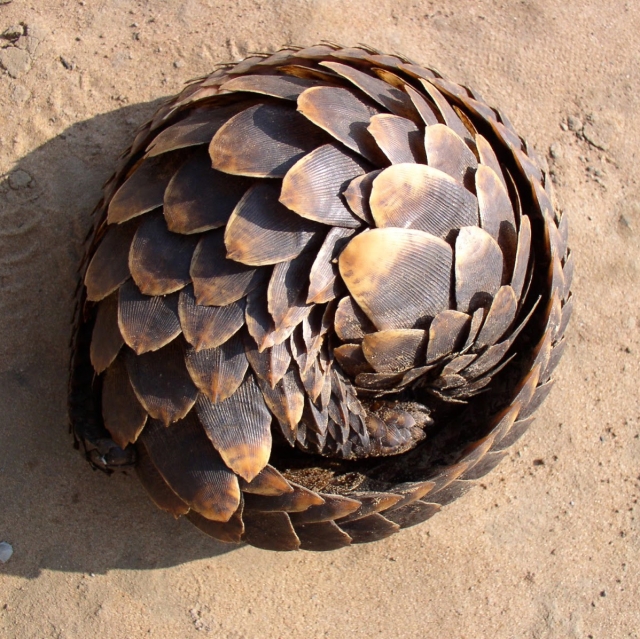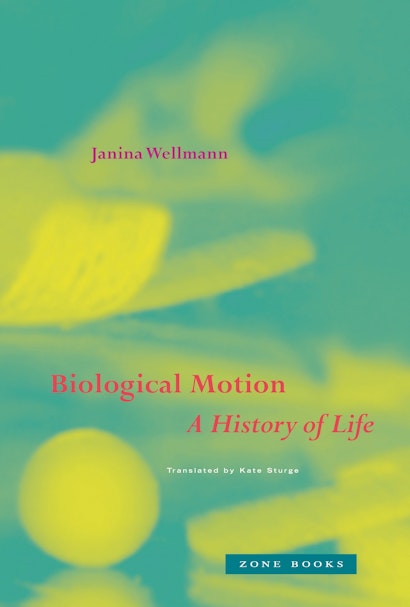It has taken a long time for humans to recognize that they are animals. Contemporary scientific advances in the life sciences have added to that promising insight by painting a picture of humans, not as autonomous subjects, but rather, inextricably entwined with their environments, starting, for instance, with huge numbers of bacteria, microbes or viruses populating their guts and skins.
While humans may still feel disgust, if not superiority, towards such tiny creatures which number in the trillions but are thankfully discreet and mostly invisible to our eyes, it is these creatures that run the world collectively. And soon, they may also have the power to decide over our lives and deaths, individually.
Take, for example, that slim keen-eyed eel. It operates in the utmost darkness of our bodily interior where it is able to see and act upon the delicate features of our tissue in a blocked blood vessel, which threatens to result in a severe stenosis. Or the rather unfriendly Listeria monocytogenes bacterium. It causes a dangerous condition in pregnancy. But in the near future its invasive properties may propel it to an otherwise inaccessible malignant tumor in our nose and deliver nanoparticles, loaded with genes, directly to the cells to change gene expression and thereby heal the cancer. Not quite microscopic, but equally fascinating, is the idea of the pangolin that not only smoothly rolls through our stomach but conveniently gets hot where there is a tiny internal bleeding that needs to be stopped.
What exactly are these eels, bacterial swimmers or pangolins that revolutionize our future well-being from inside? Obviously, they are not real animals. Are they?
When Antoni van Leeuwenhoek first discovered tiny animals under his bead lens, he was disconcerted. In his famous letter to the Royal Society in 1676, he wrote that he had discovered living creatures in rain water. Toward the end of the seventeenth century, little could be said about life except that it moves. Leeuwenhoek, thus, entertained not the slightest doubt that the incredibly mobile creatures he had found in the microcosm were in fact living animals.
In the visible world, motion was obvious and expected; in the microscopic world, however, it was extraordinary. Did the tiny animals really move by themselves? Perhaps not quite, the Romantic writer, composer, and jurist E.T.A. Hoffmann suggested. Instead, it is the scientist himself, his technologies and devices that bring the microscopic world to life. In his imaginative novel Master Flea, published in 1822, Hoffmann tells the story of the princess Gamaheh. In a complicated plot, the princess finds a remarkable death and even more remarkable afterlife as a minuscule grain put to eternal sleep inside a tulip’s calyx. Leeuwenhoek and Jan Swammerdam, the two most famous microscopists of the seventeenth century, figure in the story as their nineteenth-century selves. Not only do they discover the princess, they also put their lenses, light and shadow to extraordinary use. They extract the princess from her bed inside the flower and make her grow to her former size. But the princess is not alive, she does not move. The most wondrous of the operations which the two men perform on her consists in projecting her image onto a white wall with the help of a solar microscope. With the image appearing on the wall the princess comes to life. More precisely, the scientists remove her image from the wall and watch her come to life the moment her blood starts to circulate inside her body.
E.T.A. Hoffmann’s story may disguise as a Romantic novel with a bizarre cast of people. But it is a keen depiction of a fundamental puzzle at the heart of microscopic observation too: how do we know what we see? And even more discomforting: how can we distinguish the living from the non-living if we can hardly trust in what we see?
To be sure, today’s scientific prose does not remotely resemble Romantic fantasy (or horror, for that matter). Technically, the eel is described as a “soft-milli tool,” magnetically operated and made to detect occluded vessels. The swimming bacteria are “active cargo delivery agents” or “microbots,” created from nanoparticles and cargo experimentally attached to a bacterium. And the pangolin is also known as an “untethered magnetic robot for on-demand biomedical heating applications”.
If the pangolins, bacteria or eels, then, are robots, why do scientists bother to name them after animals? Does the nuanced language used by scientists to describe the various movements of their robots define the moving objects only metaphorically? Even more importantly, does it make a difference whether they are alive or dead?
The twenty-first century medical zoo that will cure our bodies in the future has the potential to revolutionize medicine precisely because of the variety of movements that can be performed. Animal movements are not arbitrary. Caterpillars roll, inchworms walk, bacteria swim and pangolins, the only mammals with overlapping epidermal scales, can completely roll up despite their hard keratin scales. It is the specificity of the movements that the robots need to enact if they are to fulfil their medical mission inside the human organism. Animals do not carry their name by coincidence either–the English word etymologically still refers to the soul (anima) with which Aristotle endowed everything that lives. Only living beings move of their own accord and only because they are ensouled.
The notion of the soul is as foreign to the modern biosciences as is Hoffmann’s Leeuwenhoek bringing to life the princess Gamaheh. But why do bacteria or sperm move their flagella, cells twist and roll, or molecular motors walk in the first place—all by themselves, actively, and self-directed? Put differently, if projecting sunlight with a solar microscope made the blood circulate inside the princess Gamaheh, what does contemporary bioscience do to visualize movement on the nanoscale and steer the animal-robots through the total darkness of the body’s interior?
To complicate things further, there is not even the need for Romantic magicians or contemporary nanoscopy to make motion an endlessly fascinating subject. Motion entered European thinking in the fifth century BCE as an absurdity. On the one hand, it does not exist. Zeno devoted his paradoxes to disproving the existence of motion, in response to Parmenides’ teaching that there is nothing that is not and Heraclitus’ opposite conviction that there is only flux. On the other, it is one of our least questioned observations that a being that moves is a being that lives. And how that living being moves tells us much about what it is.
It does make a difference, then, whether we consider the animal-robots of the future to be alive—in the very least because they help us unravel the secret of motion and critically examine the future of the living.
Janina Wellmann is a Researcher at the Max Planck Institute for the History of Science in Berlin and the author of The Form of Becoming: Embryology and the Epistemology of Rhythm, 1760–1830.

